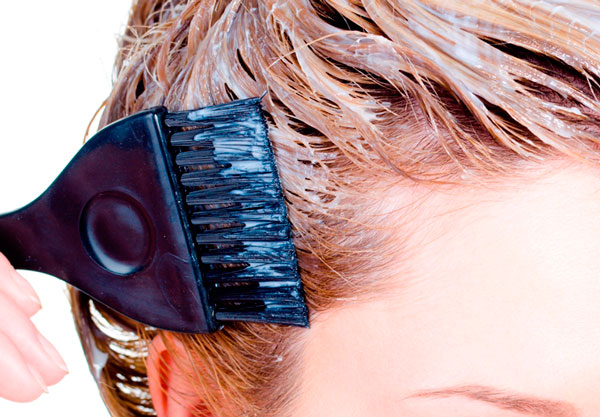A new hair colour is the most exciting thing you can do for your overall look.
“It’s as much a fashion statement as your bag or your heels, but easily available to everyone,” says Clinton Valjeaux, Creative Director and Colour Expert at Jeauval.

Finding your perfect shade can be tricky – here’s his take on the rules of colouring…
Find your complementary colour
The most-wanted hair colours of the season are often inspired by our favourite celebs. Copycatting is fine, but before you take the plunge you need to factor in your skin tone, eye colour, brow colour and your hair’s texture and condition.
All of that will determine the success of the outcome.
Keep up to date
If you’re not happy with your greys and they’re making up for more than a third of your hair, it’s time to consider an overall change. Clinton also says, “If you haven’t changed your hair colour in the past five years, it’s time for an update.
And after age 40 you should re-evaluate every five years to soften and adjust your colour to suit your complexion.”
You’re hot or you’re cold
Your skin tone plays a huge role in determining the right colour for you.
Cool skin tones have pale pink undertones or skin that burns easily. Your eyes are usually blue or grey.
Blue-eyed blondes are a beauty classic, while blue-eyed redheads and brunettes look unusual and striking. Grey eyes go with everything.
Warm skin tones have yellow undertones, or olive, Mediterranean, Asian, dark or black skin. Eye colour tends to be brown, hazel or green. Brown eyes, dark brows and blonde hair need careful blending.
Sallow, yellow complexions aren’t flattered by yellow gold or light copper tones, but dark chocolates, deep reds and burgundies will have an energising effect on skin.
Rules for brunettes
– Sallow skin with yellow undertones and dark eyes? Stay brunette.
– If you’re pale, be careful to stay with mid-brown tones – super dark colours might make you look ghostly.
– A solid brunette shade can look ‘wiggy’ – avoid this by softening the colour around your face, this helps to lighten the appearance of sparser hair around the front hairline where grey regrowth is always more visible too.
– A multi-colour tortoiseshell effect will add radiance. It’s also fairly low maintenance and easier to grow out or keep up than a single-process colour.
– Your cut is key – a more tousled look helps to break up a mass of deep colour.
– If you want to go blonde, keep it warm, as you’re bound to have dark eyes and dark brows.
Rules for redheads
– Warmer tones, like soft coppers and apricots are perfect for boosting fair skin. They look wonderful woven thickly on short hair but on longer styles they should be much finer.
– Medium skin tones look best in coppers or medium auburns, while those with olive skin should stick to dark auburn and burgundy shades.
– It’s easier to go darker red than lighter red, but make sure it suits your skin tone.
Rules for blondes
– If you were born blonde, then blonde shades will always suit you.
– If you’d like to cover your grey – pinky skin and blue or grey eyes suit cool, blonde shades.
– For DIY jobs, go no lighter than two shades of your current colour.

